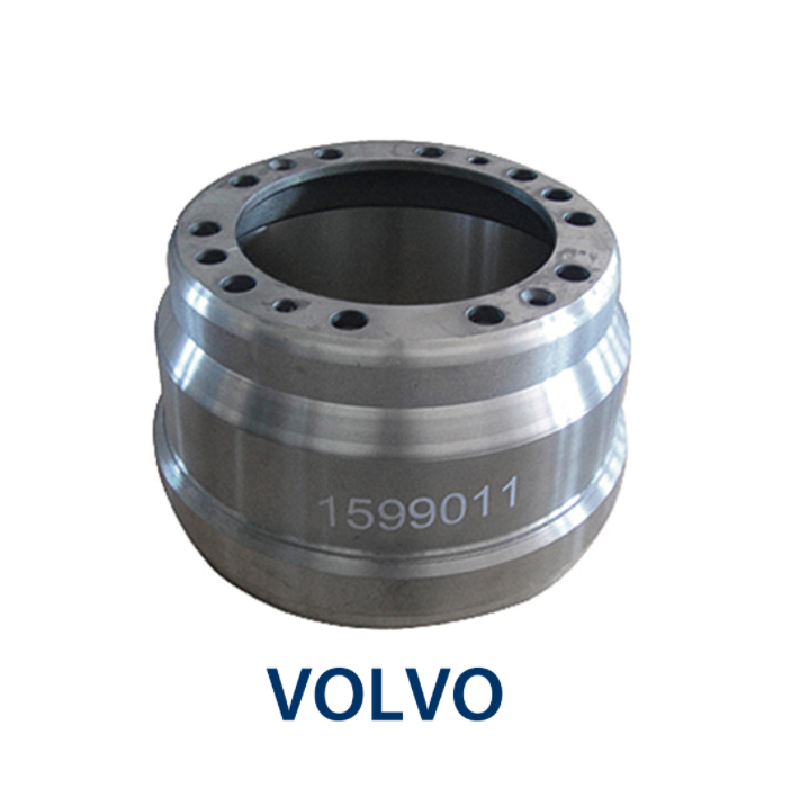Dec . 06, 2024 20:45 Back to list
how to measure brake drum diameter
How to Measure Brake Drum Diameter A Comprehensive Guide
Brake drums are a crucial component of a vehicle's braking system, especially in older models and certain heavy-duty trucks. Understanding how to measure the brake drum diameter accurately is essential for maintenance, repairs, and ensuring optimal brake performance. Here, we'll discuss the importance of brake drum measurements and provide a step-by-step guide on how to measure brake drum diameter effectively.
Why Measure Brake Drum Diameter?
Brake drums must fit precisely over the brake shoes to function correctly. If the diameter is incorrect, it can lead to several issues, including
1. Ineffective Braking A drum that is too large or too small can significantly impact braking efficiency, leading to longer stopping distances and potential safety hazards. 2. Uneven Wear An improperly sized drum can cause uneven wear of the brake shoes, leading to premature failure and the need for more frequent replacements.
3. Vibration and Noise Incorrect sizing may lead to vibration, pulsation, or noise during braking, which can contribute to driver discomfort and concern.
4. Increased Maintenance Costs Regularly measuring and maintaining the correct drum diameter can reduce long-term costs associated with repairs and replacements.
Tools Required
Before starting, ensure you have the following tools - A caliper or micrometer for measuring - A ruler or measuring tape - A notepad for recording measurements - Safety goggles and gloves for protection
Step-by-Step Guide to Measuring Brake Drum Diameter
1. Safety First Park the vehicle on a flat, stable surface and engage the parking brake. Place wheel chocks behind the rear wheels (if measuring front drums) to prevent any movement.
how to measure brake drum diameter

2. Remove the Wheel Using a lug wrench, loosen and remove the lug nuts, then take off the wheel. If you are dealing with a vehicle without a rim, ensure adequate access to the brake drum.
3. Inspect the Brake Drum Before measuring, inspect the drum for any visible signs of damage, such as cracks, severe wear, or uneven surfaces. If any significant issues are noticed, it might be worth considering replacement rather than just measurement.
4. Clean the Drum Use a clean cloth to wipe away any debris or rust on the drum’s surface. A clean measuring surface will provide more accurate measurements.
5. Measure the Diameter - Using Calipers Place the caliper's tips at the inner edge of the drum. Ensure that it is completely flat against the brake drum surface to get an accurate measurement. Record the measurement. - Using a Ruler If you’re using a ruler or measuring tape, hold it straight across the center of the drum from one edge to the opposite edge, ensuring it’s perpendicular to the edges. Record this measurement as well.
6. Check for Warping After measuring the diameter, check for warping by rotating the drum slowly and listening for any irregular noises or vibrations. Note any discrepancies.
7. Confirm the Measurement Measure in multiple locations around the drum’s inner circumference to account for any irregularities or wear. Typically, you should measure at least three different points for accuracy.
8. Record Your Measurements Write down the measurements along with the date and conditions. This record will be useful for future reference and potential comparisons after further wear or maintenance.
9. Reassemble the Wheel Once you have completed the measurements, replace the wheel and lug nuts. Ensure everything is secured tightly before lowering the vehicle.
10. Periodic Checks Regularly check the brake drum diameter as part of your routine vehicle maintenance. This helps ensure that any wear is caught early, extending the life of your braking system.
Conclusion
Measuring the brake drum diameter is a straightforward process that can have significant implications for your vehicle's safety and performance. By following the steps outlined above, you can maintain your braking system more effectively, ensuring a safer drive. Regular inspections and measurements will help you avoid costly repairs and replacements in the future, ultimately enhancing your vehicle's reliability. Whether you're a DIY enthusiast or a professional mechanic, knowing how to measure brake drum diameter is an essential skill for maintaining automotive safety.
-
Your Brake Drum Man: Quality & Performance Parts
NewsAug.21,2025
-
Explore Japan: Ultimate Travel Guide & Authentic Experiences
NewsAug.19,2025
-
Your Brake Drum Man: Premium & Reliable Brake Drums for Sale
NewsAug.18,2025
-
ROR Web Development: Build Fast, Scalable, Secure Apps
NewsAug.17,2025
-
Scania Brake Drums: OEM Quality for Optimal Safety & Durability
NewsAug.16,2025
-
R.V.I: Advanced Remote Visual Inspection for Precision
NewsAug.15,2025
